|
We did it! We are delighted to share that our petition closed on 18 July 2023 and we obtained 10,498 signatures asking for the Senedd to make conservation management plans compulsory for scheduled monuments at risk such as Ruperra Castle.
Our petition will now be discussed by the Senedd Petitions Committee on the afternoon of Monday 11 September from 13:30 where they will decide how they can take our petition forward and if it will be recommended for a plenary debate. You can watch the discussion live, and we will include the link shortly. Thank you to all of our supporters that promoted the petition over the last six months. We are delighted that between us we obtained 7,467 signatures online, and 3,031 on paper. Read our petition
0 Comments
Shocking figures from Cadw have confirmed that 14-14.5% of nationally important Scheduled Monuments in Wales are “at risk” - please sign a Senedd petition to make conservation management plans for each of them compulsory. Scheduled Monuments are supposed to be protected to preserve archaeology and buildings so that future generations can learn from our past. Scheduling identifies monuments which are of national importance to Wales - having importance not just locally, but for the wider cultural heritage of Wales. They are rare examples, and many have international significance which attract visitors from all over the world. There are currently 4,229 designated Scheduled Monuments in Wales. Current estimates from Cadw, the Welsh Historic Environment Service, indicate that around 14%-14.5% of these are at risk. Many monuments are stable, others need managing to slow or avoid the effects of natural deterioration. Cadw’s website suggests owners of Scheduled Monuments may find it useful to draw up a Conservation Management Plan to guide their decisions, but it’s not a requirement. Scheduled Monument Ruperra Castle, in South East Wales, is an example of the poor management of our historic environment. It is architecturally unique and historically significant as the only pageant Castle in Wales, built for show and not defence. In December 1941 it was gutted by fire and is still a ruin at risk having deteriorated in the intervening years. One of the towers has fallen and without considered intervention it will deteriorate further and soon be lost… Cadw’s designation description includes: “Ruperra Castle is a rare example of a substantial Jacobean Renaissance mock castle... The monument is of national importance for its potential to enhance our knowledge of post-medieval social, domestic, and political life and architectural design. Notably, the sophistication of Jacobean design at Ruperra was unprecedented at the time in Wales". Ruperra Castle is also a Grade 2* Listed Building. There are currently 30,093 designated Listed Buildings in Wales. Current estimates from Cadw indicate that between 8%-8.5% of these are “at risk”. The Ruperra Castle Preservation Trust is petitioning the Senedd/Welsh Parliament to make Conservation Management Plans compulsory for Scheduled Monuments at risk, to avoid neglect and subsequent loss. Sign and share the petition before it closes on 18 July 2023 - 10,000 signatures are needed to be considered for a debate in the Senedd. In January 2023 Caerphilly County Borough Council approved proposals for conversion of outbuildings next to Ruperra Castle into a residential community with no plans for Ruperra Castle, a building of huge historical importance and at risk. Country Life Magazine deemed this missed opportunity a national scandal in an article in February 2023 Find out more about Scheduled Monuments on Cadw's website As the petition to conserve scheduled monuments at risk nears 3,000 signatures we receive news from one of our members collecting signatures from previous Welsh residents in Australia. Heather Powell was very active in supporting the Trust before she moved to Australia in 2004. She grew up in St Mellons, and later lived in Rudry, becoming one of the early members of the Trust – we love her story:
“Many visitors of all nationalities come to this area, from Perth, three hours away, for a weekend, several times a year, or flying in from other parts of the country. So many I've met have memories of Wales. One German smiled and said, in a thick accent, "Brecon Beacons”. While waiting in a clinic, a lady said to me, her husband's people were from Wales, he said "a little village you wouldn't know", and it was my home, St Mellons! “Some of the signatories have connections with Wales. Last week, with a friend, having a coffee, we squeezed into a spot, overlooking the ocean, and apologising to my neighbour, we developed a chat. She was Welsh! She came from Machen! She'd gone to Bassaleg School, like me! So Judy 'Hawkins' (maiden name), and her husband came home with me, to have a cup of tea and a civilised talk (and signed our petition). “Whether the work is 400 hundred years old, (Ruperra in 2026), or 65,000 years, (our first nation people's rock art), it needs protection. “Caerphilly is blessed, spectacularly with its Norman castle, I think only Windsor is larger and I remember taking our French exchange student into the banqueting hall to enjoy our packed lunch, out of the rain. He was suitably impressed. “Ruperra, unlike Caerphilly, was built in a modern 17th century style, by Thomas Morgan of Machen, combining brick and masonry, rendered over. I hope readers will seek out the petition below to help save this important building. Thanks to you all – Heather Powell.” Sign the petition to the Welsh Parliament asking for conservation management for scheduled monuments at risk, like Ruperra Castle. In January 2023 Caerphilly County Borough Council approved proposals for conversion of outbuildings next to Ruperra Castle into a residential community with no plans for Ruperra Castle, a building of huge historical importance and at risk.
We believe the proposals will impact irreparably on the setting of the scheduled monument and Grade 2* Listed Castle, and its Grade 2 Registered Garden and parkland, and damage, rather than enhance the precious biodiversity of the area. Country Life Magazine deemed this missed opportunity a national scandal in an article in February 2023. Athena, Cultural Crusader writes, “Over many decades, Cadw has consistently failed to give Ruperra the support it needs…The financial rewards from the redevelopment of the environs of Ruperra Castle have always been the key to the effective future management of the ruins. Where else is the money going to come from? Now, without any objection from Cadw, that key has been yielded up. Nor was the planning application called in by the minister responsible. Certainly Athena does not regard the future of the castle – in the words of the minister’s letter ‘as a matter not likely to cause substantial controversy beyond the immediate locality’. The abandonment of Ruperra Castle in return for vague promises ought to be a national scandal.” Read the full Country Life Magazine article online. Sign a petition to the Welsh Parliament asking for conservation management for scheduled monuments at risk, like Ruperra Castle. We need your help to reach 10,000 signatures by signing and sharing our petition asking the Welsh Government for protection of our rare and special scheduled monuments to avoid neglect and subsequent loss. Sign the petition Our petition has already passed 1,200 signatures, asking for conservation management plans to be made compulsory for scheduled monuments at risk like Ruperra Castle. The 250 signature threshold has been reached which means the Senedd Petitions Committee will review it when it closes in July 2023, and decide what they can do to help take the petition forward. Thank you to everyone that has helped to make this happen. We’d like to reach 10,000 signatures to be considered for a debate in the Senedd chamber. We need all of our supporters that care about Welsh heritage to share the petition so it represents all of Wales. Scheduled monuments are protected to preserve archaeology and buildings so that future generations can learn from our past. Many monuments are stable, others need managing to slow or avoid the effects of natural deterioration. Cadw’s website suggests owners may find it useful to draw up a Conservation Management Plan (CMP) to guide their decisions, but it’s not a requirement. Welsh Government should make CMPs compulsory for scheduled monuments at risk, to avoid neglect and subsequent loss. We are grateful for photos to remember what Ruperra looked like in all its glory, but as a minimum we would like to see it prevented from deteriorating any further so future generations can enjoy it. One of the towers has fallen and there are serious cracks in the others... Sign the petition Ruperra Castle Preservation Trustees were hugely disappointed that Julie James, Climate Change Minister, has decided not to call-in the Ruperra planning proposals for determination by the Welsh Government. This is despite concern for the future of protected species living on the site, including rare Greater Horseshoe bats whose maternity colony is in Ruperra’s Site of Special Scientific Interest (SSSI). This is also in spite of the Minister’s recent written statement issued in December 2022 to all local authorities in Wales committing Welsh Government to strengthen protection for all SSSIs in Wales.
Caerphilly County Borough Council can now go ahead and issue the decision by the Planning Committee on 28 September 2022 which was supportive of the proposals for conversion of outbuildings next to Ruperra Castle into a residential community with no plans for Ruperra Castle, a building of huge historical importance and at risk. We believe the proposals will impact irreparably on the setting of the scheduled monument and Grade 2* Listed Castle, and its Grade 2 Registered Garden and parkland, and damage, rather than enhance the precious biodiversity of the area. We are saddened that it is so difficult to protect heritage assets in Wales like Ruperra Castle, the Coal Exchange and many others despite the good intentions set out in Wales’ ground-breaking Wellbeing of Future Generations Act and in the Senedd’s founding principle of sustainability. Welsh people deserve these fine words to be followed by Government action, including better protection of our historic environment. Built in Caerphilly in 1626, Ruperra Castle is significant in Welsh history, and one of only a handful of pageant castles (built for show, not defence) left in the UK. It would be a tragedy if, without necessary repair work, it deteriorates further and is lost forever… Many eminent historians and archaeologists agree that intervention is long overdue. They include Adam Nicholson, who in his book “The Earls of Paradise” mentions the woeful state of Ruperra Castle, this “great Jacobean house… burnt out and in collapse….” built by Sir Thomas Morgan, steward to the 3rd Earl of Pembroke. We are petitioning the Senedd to press Welsh Government to require preparation of a conservation management plan for all scheduled monuments at risk, including Ruperra Castle. If you haven’t yet had chance to sign or share the petition, please do so:
Sign this petition
Built in Caerphilly, 1626, Ruperra Castle is significant in Welsh history, one of only a handful of Pageant Castles left in the UK. It was home to the Morgan family and played host to Charles I, and the military in WWII. In 1941 it was gutted by fire and it is still a ruin at risk. A scheduled monument and Grade II* listed building, yet it has deteriorated through private ownership. One of the towers has fallen and without considered intervention it will deteriorate further and soon be lost… Scheduled monuments are protected to preserve archaeology and buildings so that future generations can learn from our past. Many monuments are stable, others need managing to slow or avoid the effects of natural deterioration. Cadw’s website suggests owners may find it useful to draw up a Conservation Management Plan (CMP) to guide their decisions, but it’s not a requirement. Welsh Government should make CMPs compulsory for scheduled monuments at risk, to avoid neglect and subsequent loss. This includes identifying significance, risks, and opportunities to conserve and improve the monument, so as not to damage what is special and guarantee we pass on what is valued to future generations. This will ensure monuments at risk like Ruperra Castle aren’t neglected for another 80 years. It will also help alleviate worry about losing significant parts of our precious heritage and aid our wellbeing. The community has been trying to save it for 25 years Sign this petition On 20 December 2022, Julie James, Minister for Climate Change, wrote to all local authorities in Wales to give notice of proposed planning policy changes to strengthen protection for Sites of Special Scientific Interest (SSSI). This could be good news for the biodiversity of Ruperra, its SSSI and the protected species living there such as bats, which play an important role as pollinators. These are currently at risk of potential harm by the proposed developments to convert outbuildings next to Ruperra Castle into a private residential community.
Earlier in December Julie James attended the United Nations COP15 Biodiversity Summit where leaders agreed a new ambitious Global Biodiversity Framework to put the world on a path to restoring nature by the end of the decade. In attending COP15, Julie added Wales’ voice by pressing for urgent transformative action across the whole of society. She emphasised the key role that subnational governments, cities and local authorities play in protecting and enhancing biodiversity and in delivering actions across planning, implementation, and monitoring. The letter from Julie James highlighted the essential role that the planning system must play in meeting the challenges and gave notice of proposed changes to planning policy in relation to net benefit for biodiversity and the protection afforded to Sites of Special Scientific Interest (SSSI) and trees and woodlands. We are pleased to hear that a consultation exercise will take place on amendments to policy early in the New Year. Read the letter from Julie James which makes a commitment to step up and ensure delivery to realise ambitions. The Ruperra Castle and woodlands SSSI is a nationally and internationally important roost site for the Greater horseshoe bat in Wales. One of the outbuildings provides a maternity roost with other buildings providing hibernation sites during the winter. Bats are very sensitive to light pollution and disturbance - excessive regular disturbance could mean the loss of the location as a suitable roost. Greater horseshoe bats are a protected species and have always been scarce in the UK. Their British numbers declined significantly in the last two centuries and they were in danger of extinction. Numbers of Greater horseshoe bats have increased in recent years - this may be due in part to a series of warmer winters, and also due to increased protection of the few known breeding roosts. Despite concern for the future of protected species living on the site, on 28 September 2022 the Caerphilly Council Planning Committee voted to approve all four applications subject to a long list of conditions. However, there are currently ‘holding directions’ on these applications while the Welsh Government decide whether to call them in for their own determination. Holding directions are issued infrequently and indicate that the proposed development is likely to raise planning issues of more than local importance. We hope this commitment to strengthen protection for SSSIs is demonstrated by the Minister taking a decision to call in the Ruperra applications. Search for Sites of Special Scientific Interest on the Natural Resources Wales website where you can access more detailed information about each site. We are delighted that you can now view the Ruperra walking map in two of Natural Resources Wales carparks:
Huge thanks to Natural Resources Wales who helped to make this possible alongside funding from the local community. You can’t visit Ruperra Castle as it is privately owned and a dangerous ruin but there are public footpaths which allow good views of the Castle. The closest car park is the Woodland car park at Coed Craig Ruperra which is a 30 minute walk. Download walking maps and find out more about visiting the area Improving walking routes around Ruperra Castle
We are often told that people are unsure which paths are rights of way and get lost trying to find the Castle. We want to improve sustainable access so that everyone can enjoy our heritage and countryside, which can have a positive impact on wellbeing. We have raised over £1,200 of our £4,000 target and have already: • produced a new map of the area showing sustainable access routes on public rights of way • shared the map with the community, making it available to download from our website and by giving away 5,000 new map leaflets for those who need a physical map to follow and keep • put up map signage in local carparks. Our next steps are to: • create an information panel about the Castle at a good viewing point • introduce Ruperra Castle waymarkers on some walking routes. Donate to our campaign Despite objections, we were disappointed that Caerphilly Council’s planners recommended approval of plans for Ruperra which - as well as the heritage and nature conservation issues - ignored the public right of way that we have been waiting patiently to be re-opened. We still await Welsh Government’s decision on whether to call in one or more of the applications for its own determination.
Public right of way LLanfedw FP1 goes through the Castle grounds between the locked gates at the North to the South of the site (purple line on image on the left). This path forms part of the Rhymney River Circular walk, which is enjoyed by many. To continue the walk, walkers must currently take a path outside the west wall of the Castle grounds which is very steep and uneven at one end, with the other end being very muddy in the winter. Welsh Government planning guidance for local authorities states the need for adequate consideration of the rights of way before the decision on a planning application is taken; and the need, once planning permission has been granted, for the right of way to be kept open and unobstructed unless the statutory procedures authorising closure or diversion have been completed. LLanfedw FP1 wasn’t indicated on any of the proposed site plans (latest site plan - image on the right). Despite objections being made to this there was not adequate consideration given to it so that walkers can navigate it safely. The gates approved are not permitted on a public right of way. They would act as a physical and psychological deterrent to walkers. There are currently ‘holding directions’ on these applications while the Welsh Government decide whether to call them in for their own determination. Holding directions are issued infrequently and indicate that the proposed development is likely to raise planning issues of more than local importance. We believe there are very good grounds to call in the applications for a national decision as they:
Find out more about Rhymney River Circular walk and visiting the area |
Archives
February 2024
Categories
All
|
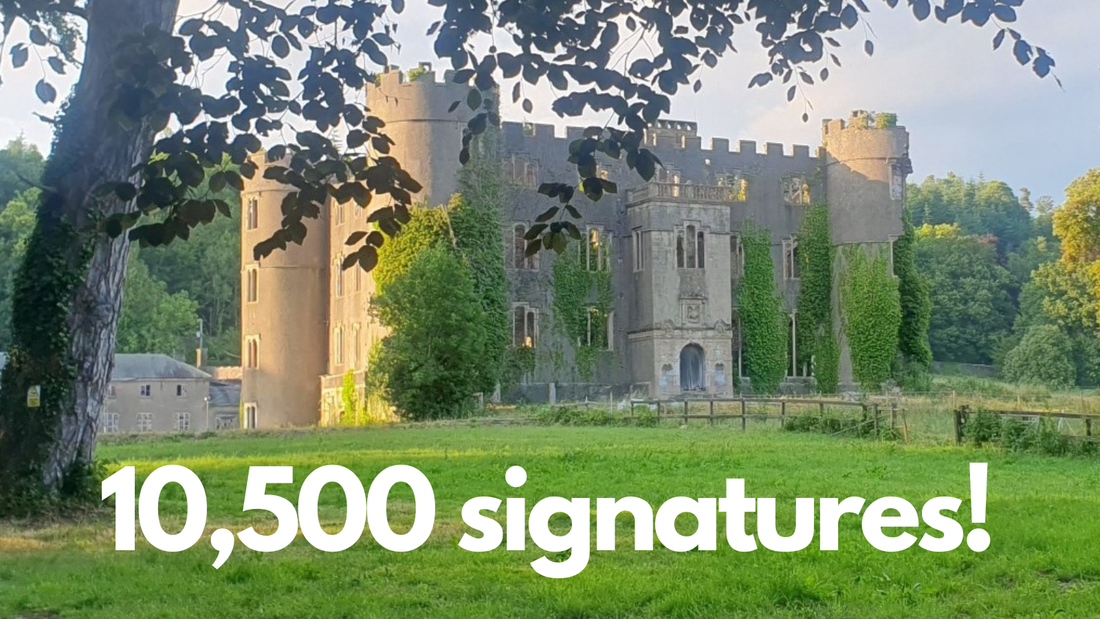
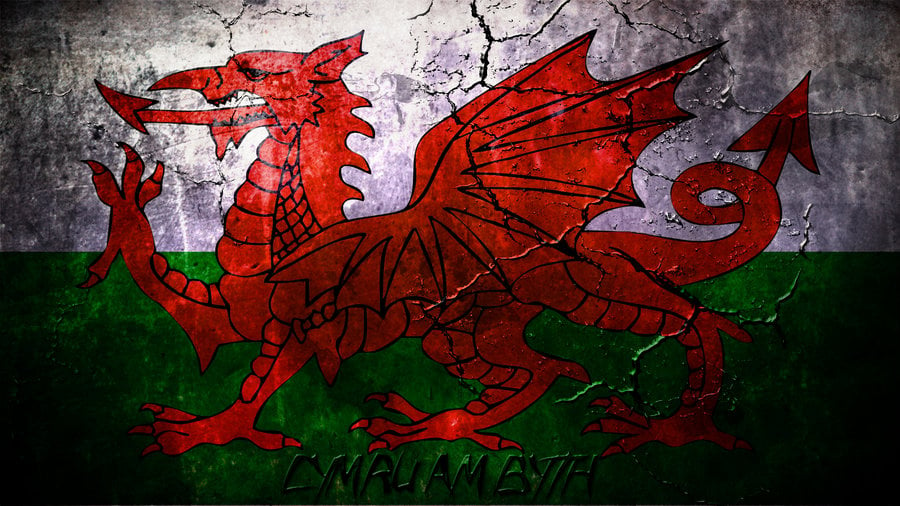
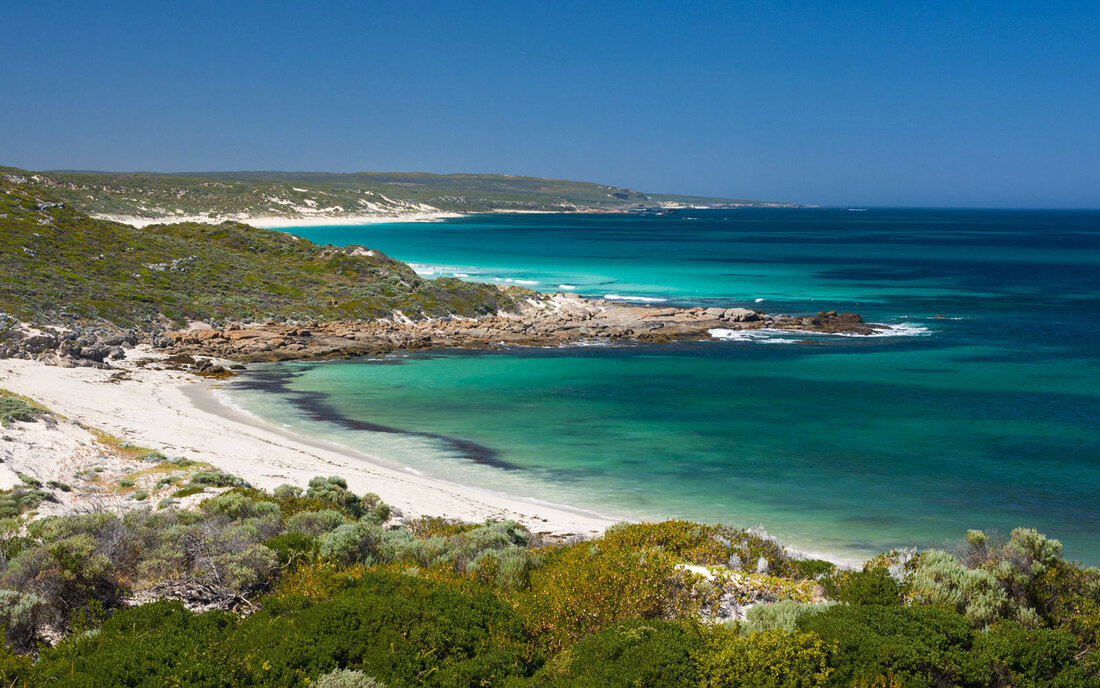
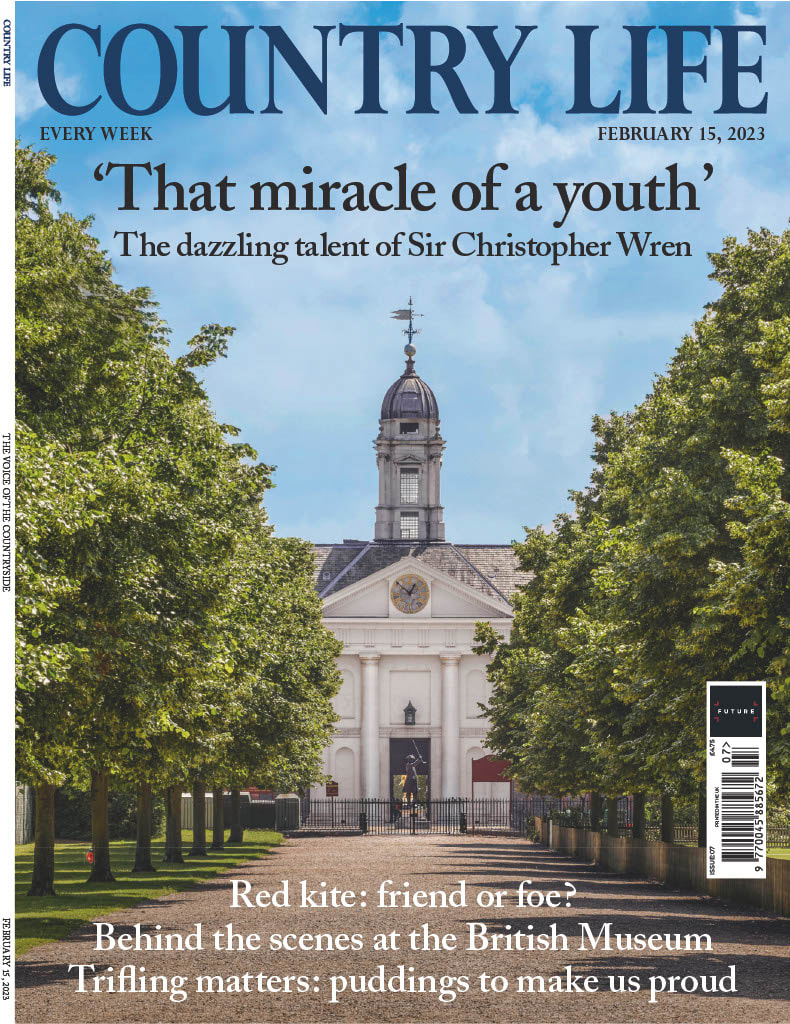
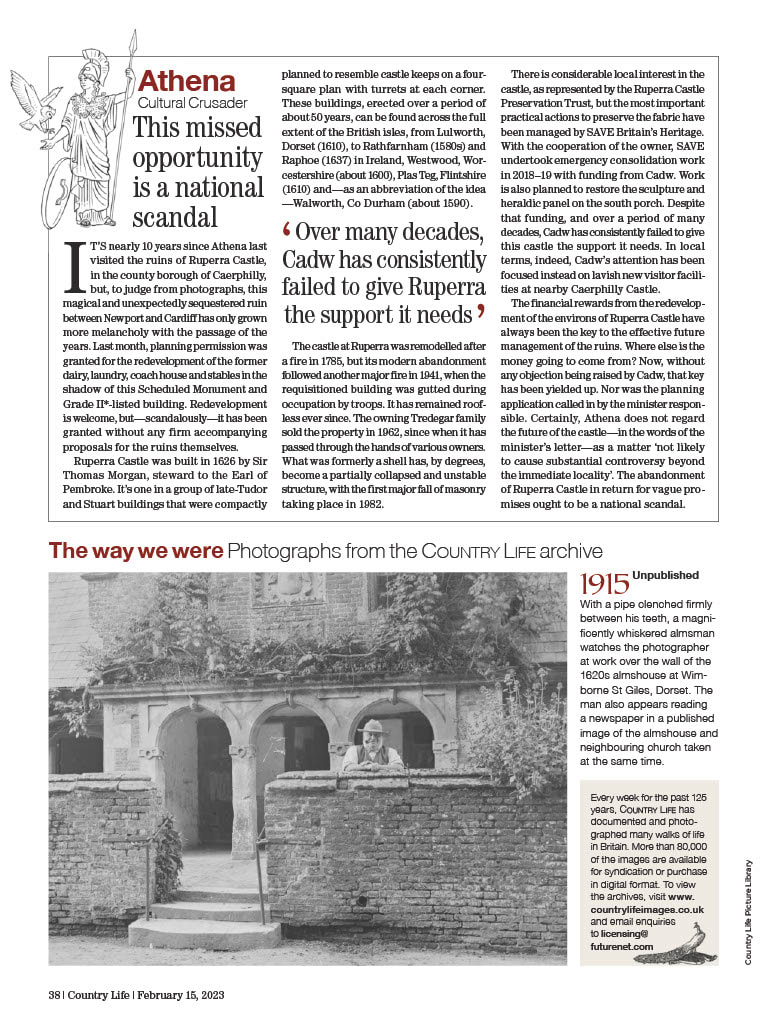
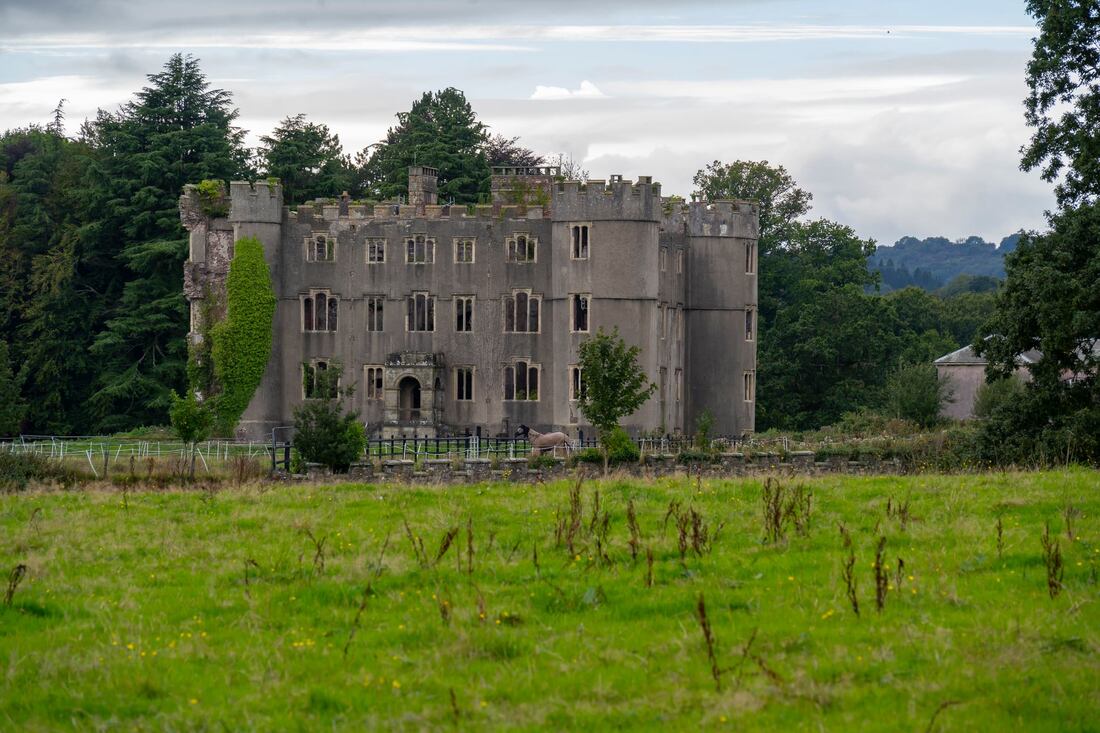
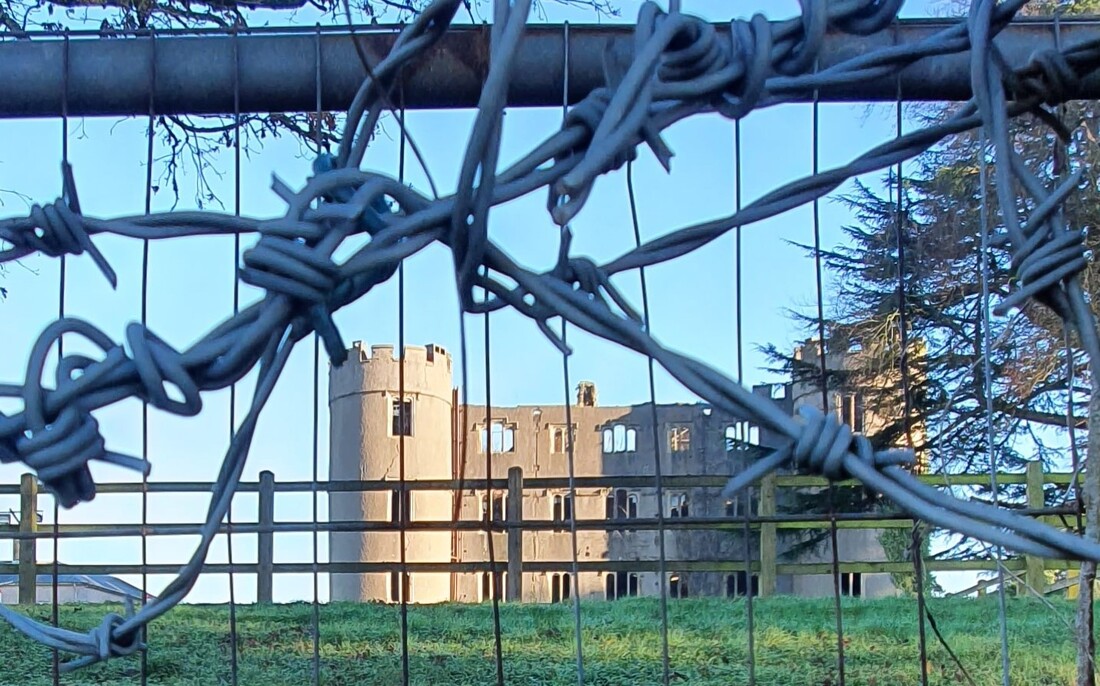
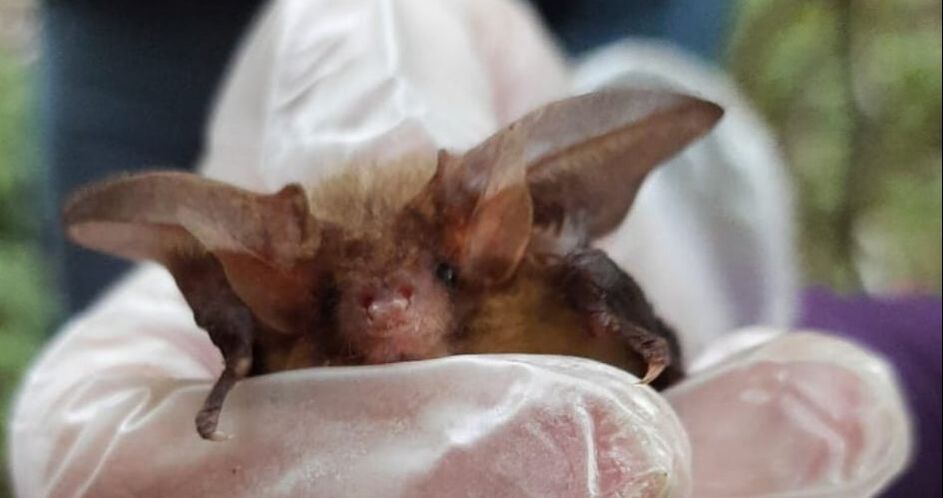
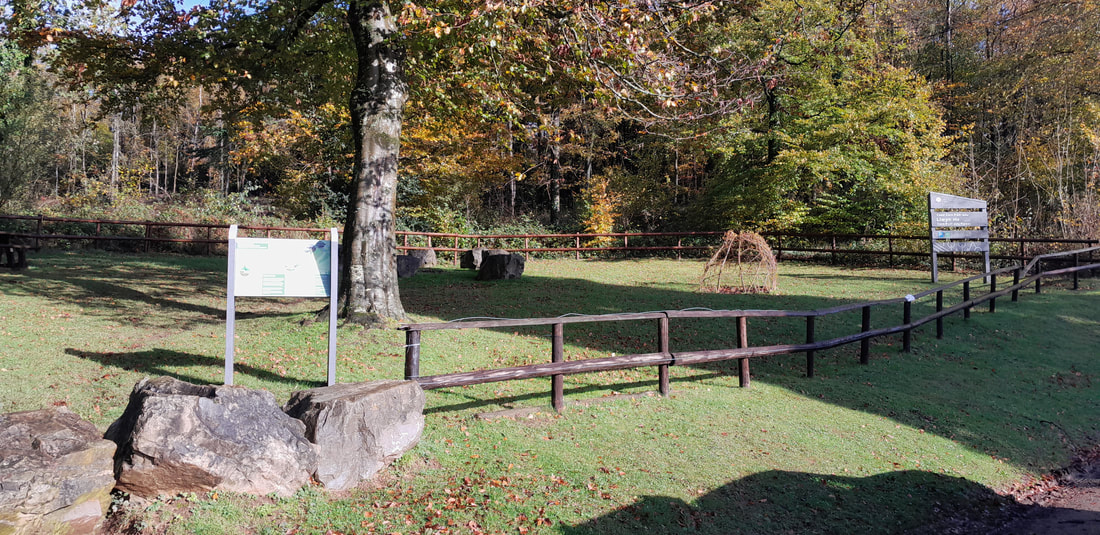
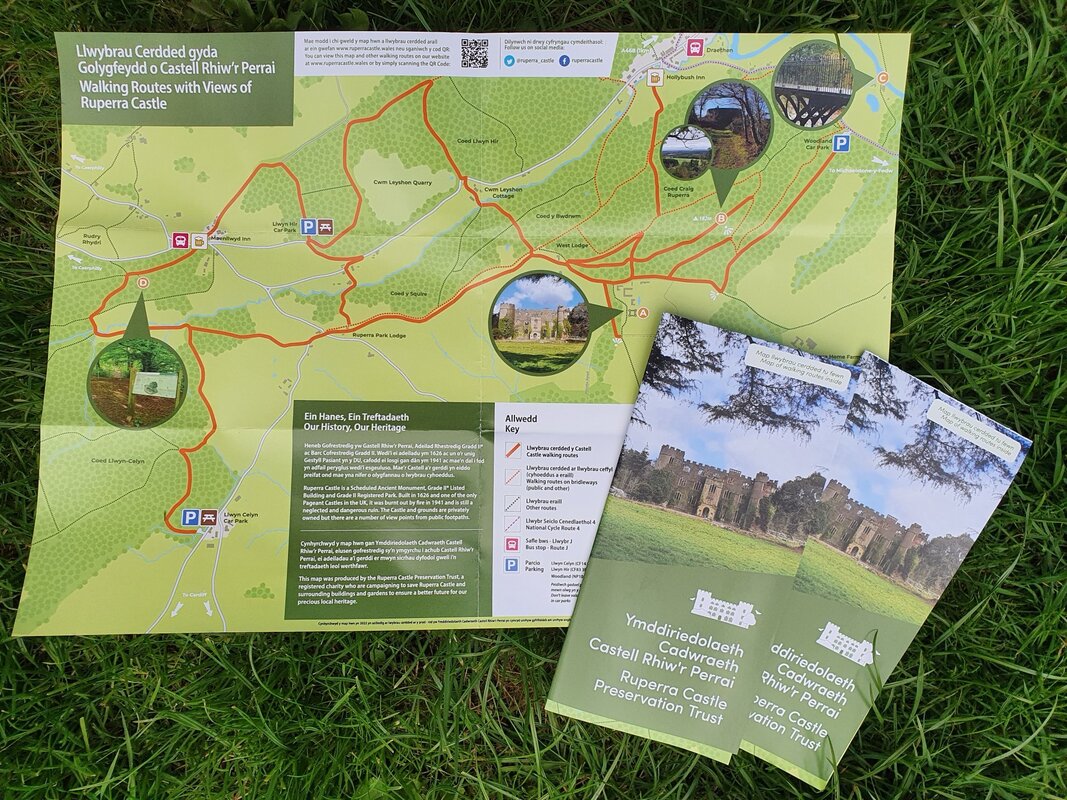
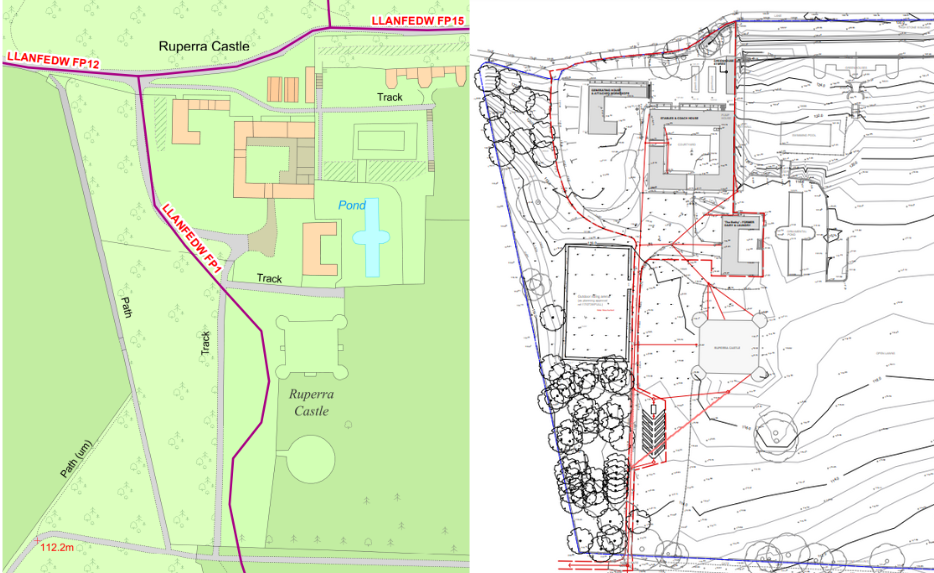
 RSS Feed
RSS Feed
